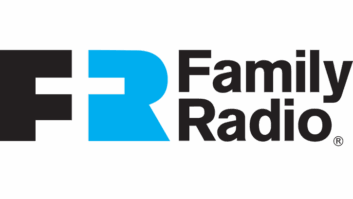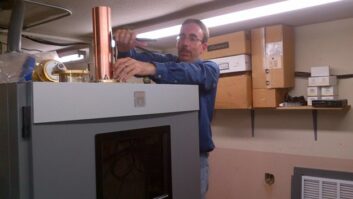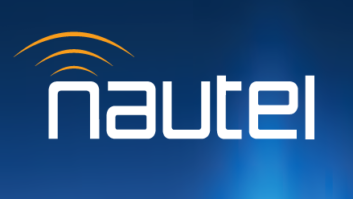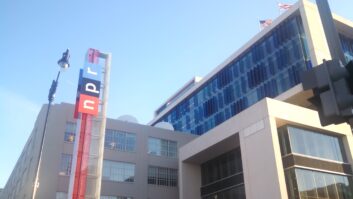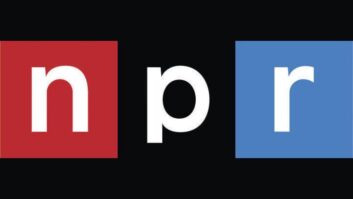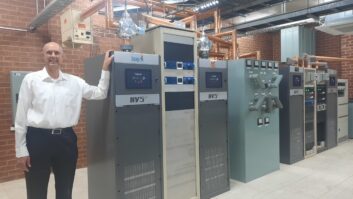
Nautel and NPR Labs say research by the lab validates Nautel’s HD PowerBoost technology for asymmetrical HD sideband transmission and improves FM IBOC reception.
Nautel had commissioned the report to obtain independent analysis of its PowerBoost technology. Read the report here (PDF).
At the spring NAB Show, NPR Labs, Nautel and station WAMU(FM) in Washington presented data from lab and field tests of FM analog and HD signals transmitted asymmetrically and symmetrically at digital sideband power levels from –10 dBc to –20 dBc. NPR Labs used signals of WAMU in Washington for the field tests. They measured noise and sensitivity free of multipath and repeated the tests with induced multipath and fast-fading. All tests included white noise to simulate background RF noise from potential co-channel FM stations and/or environmental RF noise.
Officials from NPR Labs and Nautel said the system worked as predicted and did not create new interference, neither to the FM nor the HD signals of both the host and adjacent stations. NPR Labs’ original digital coverage prediction model was based on IBOC power level transmitted at 20 dB below carrier.
Senior Technologist John Kean wanted to test how the new algorithms in the prediction model to account for increased sideband transmission would hold up.
Now with the final report, NPR Labs and Nautel say they have more data and it’s more complete than what they presented in April to back up their assertions.
Nautel’s Hal Kneller said NPR Labs has equipment that can simulate conditions like multipath and fast-fading in the lab simulating automobiles’ more challenging reception conditions. “NPR Labs found the technology did not make HD receivers less sensitive, and actually improved the signal-to-noise ratio in some cases in analog.”
In the report, NPR Labs Senior Technologist John Kean states that “in comparison with conventional IBOC operation, HD PowerBoost had little or no measurable impact on the performance of analog test receivers, even with the highest-tested asymmetrical digital sideband ratios of –10/–20 dBc. Asymmetrical operation reduced the audio noise level of the home receivers by up to 3 dB as either sideband was reduced.” Kean also notes that mobile HD Radio receivers could operate well with asymmetrical transmission.
The way Kneller described how Nautel PowerBoost works to me is the technology “turns off” the iBiquity peak-to-average-power reduction in software, and substitutes Nautel-written PAPR software. “In theory, we can regenerate the IBOC carriers at any level we want, symmetrically or asymmetrically.”
Nautel also says its HD PowerBoost technology improves transmitter efficiency and power output. The company’s HD PowerBoost exciters began shipping earlier this year.
What does all this mean more broadly for backers of an asymmetrical approach to HD Radio? These conclusions are good news for Nautel, though the commission likely will want to see more experimental examples, involving other transmission systems, as it evaluates whether to make FM HD asymmetrical transmission more routine.
— Leslie Stimson

